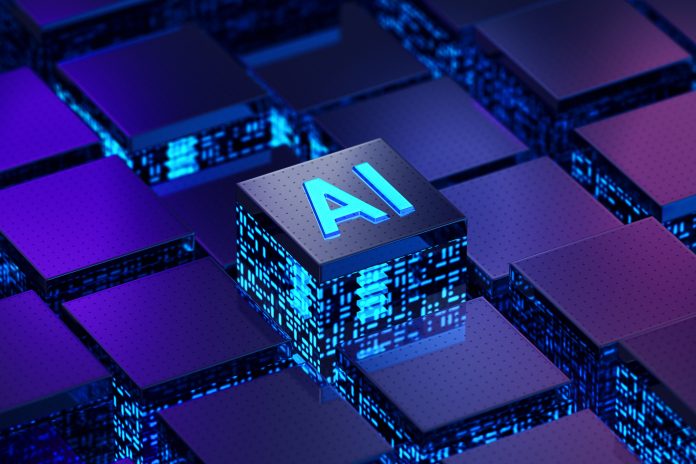Northwestern University researchers have achieved a significant milestone by creating an artificial intelligence system capable of crafting robots entirely from scratch
The researchers at Northwestern University conducted a test with their new AI system, instructing it to design a robot capable of walking on a flat surface.
Rapid robot design: ‘Instant evolution
The AI accomplished this task within seconds, whereas natural evolution took billions of years to develop walking species. This AI operates on a personal computer and can create original robot designs, unlike other AI systems that rely on energy-intensive supercomputers and large datasets. It has the unique ability to generate new ideas rather than simply replicating past human creations.
The study will be published on Oct. 3 in the Proceedings of the National Academy of Sciences.
“We told the AI that we wanted a robot that could walk across land. Then we simply pressed a button, and presto! It generated a blueprint for a robot in the blink of an eye that looks nothing like any animal that has ever walked the earth. I call this process ‘instant evolution.” said Northwestern’s Sam Kriegman, who led the work.
“It generated a blueprint for a robot in the blink of an eye that looks nothing like any animal that has ever walked the earth. I call this process ‘instant evolution.”
Kriegman, an assistant professor at Northwestern’s McCormick School of Engineering and a Center for Robotics and Biosystems member, collaborated with scientist David Matthews, They worked alongside co-authors Andrew Spielberg, Daniela Rus from MIT, and Josh Bongard from the University of Vermont for several years before making their groundbreaking discovery.
“When people look at this robot, they might see a useless gadget,” Kriegman explained, “I see the birth of a brand-new organism.”
see the birth of a brand-new organism
Efficiency in manufacturing
The AI program’s task was to design a walking machine, starting from a simple request. The researchers provided the initial request, and the AI took over.
It began with a small block, similar to a bar of soap, which couldn’t walk initially. The AI kept refining the design, evaluating its progress with each iteration, identifying flaws, and gradually modifying the block’s structure. After nine attempts, the AI successfully created a robot capable of walking at a speed of about half an average human’s stride.
This entire design process, from a motionless block to a walking robot, was completed in just 26 seconds.
Surprisingly, the AI devised a walking solution involving three legs, fins on its back, a flat face, and numerous holes, diverging from nature’s symmetrical designs.
“It’s interesting because we didn’t tell the AI that a robot should have legs,” Kriegman said. “It rediscovered that legs are a good way to move around on land. Legged locomotion is, in fact, the most efficient form of terrestrial movement.”
A world of possibilities
To test the AI-designed robot’s real-world viability, Kriegman’s team followed a two-step process. They first created a 3D-printed mould based on the robot’s negative space and filled it with liquid silicone rubber, allowing it to solidify after a few hours.
To check if the robot could replicate its simulated walking behaviour in reality, they inflated the rubber robot’s body with air, causing its three legs to extend. When the air was released, the legs contracted. By consistently pumping air into the robot, it moved slowly but steadily as it expanded and contracted.
While peculiar, adding holes in the robot’s body has a purpose. AI introduced these holes in seemingly random locations. Kriegman suggests that these holes reduce weight and increase flexibility, allowing the robot to bend its legs for walking.
Kriegman generally finds the robot’s design surprising and intriguing because most robots created by humans tend to resemble humans, dogs, or hockey pucks.
Future implications
While the AI’s initial robot can only shuffle forward, Kriegman envisions numerous potential applications for tools created by the same program. These robots could one day navigate through collapsed buildings, using thermal and vibrational signals to locate trapped individuals or animals.
They might also explore sewer systems to detect issues, clear clogged pipes, and perform repairs. Furthermore, the AI could design nano-robots capable of travelling through the human bloodstream to unclog arteries, diagnose illnesses, or combat cancer cells.











